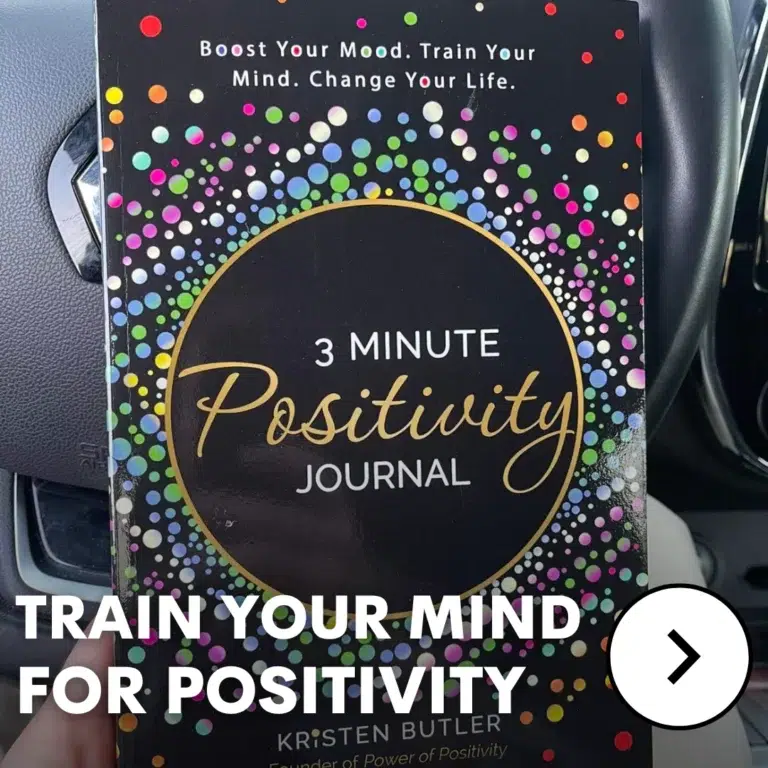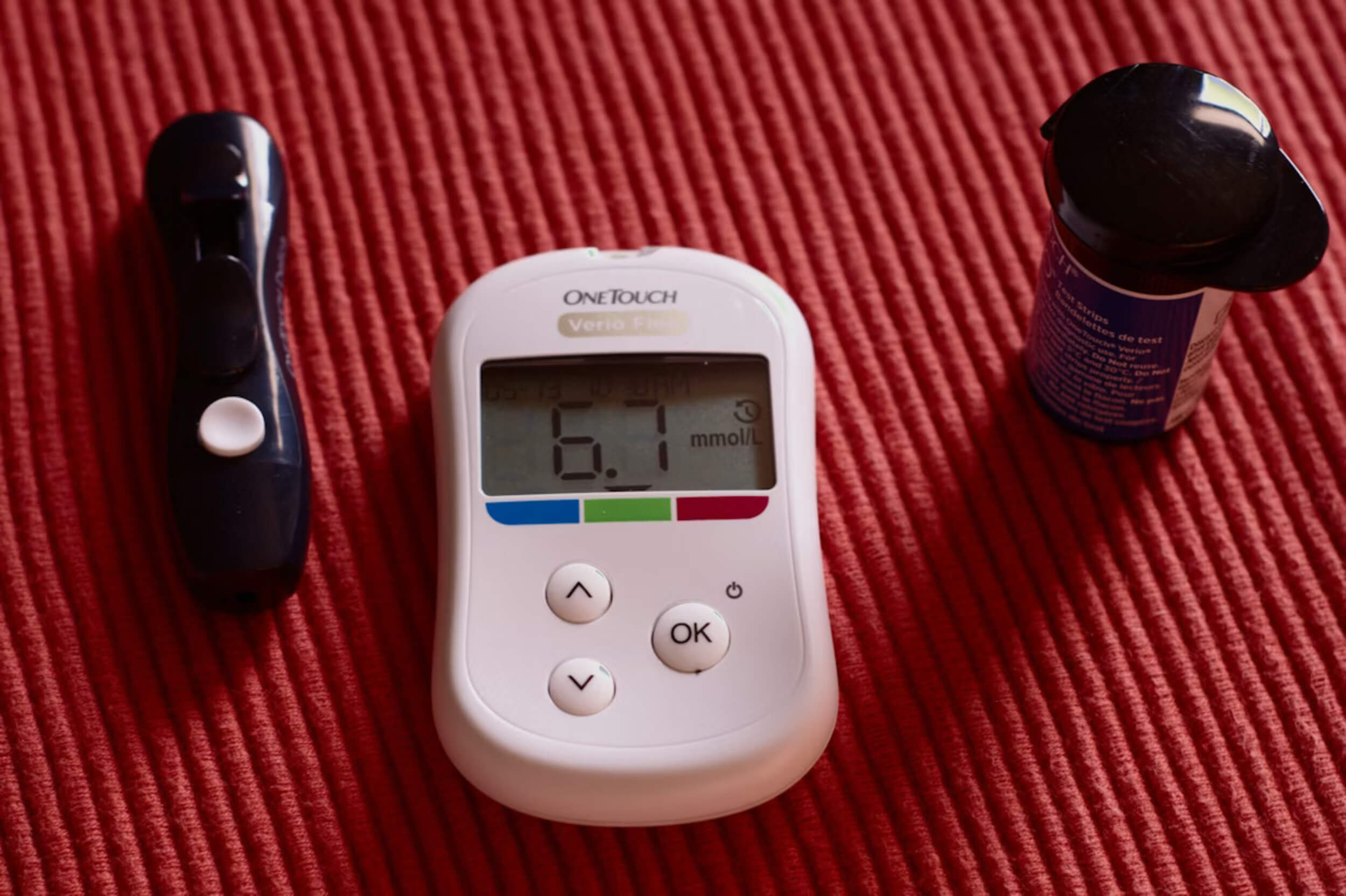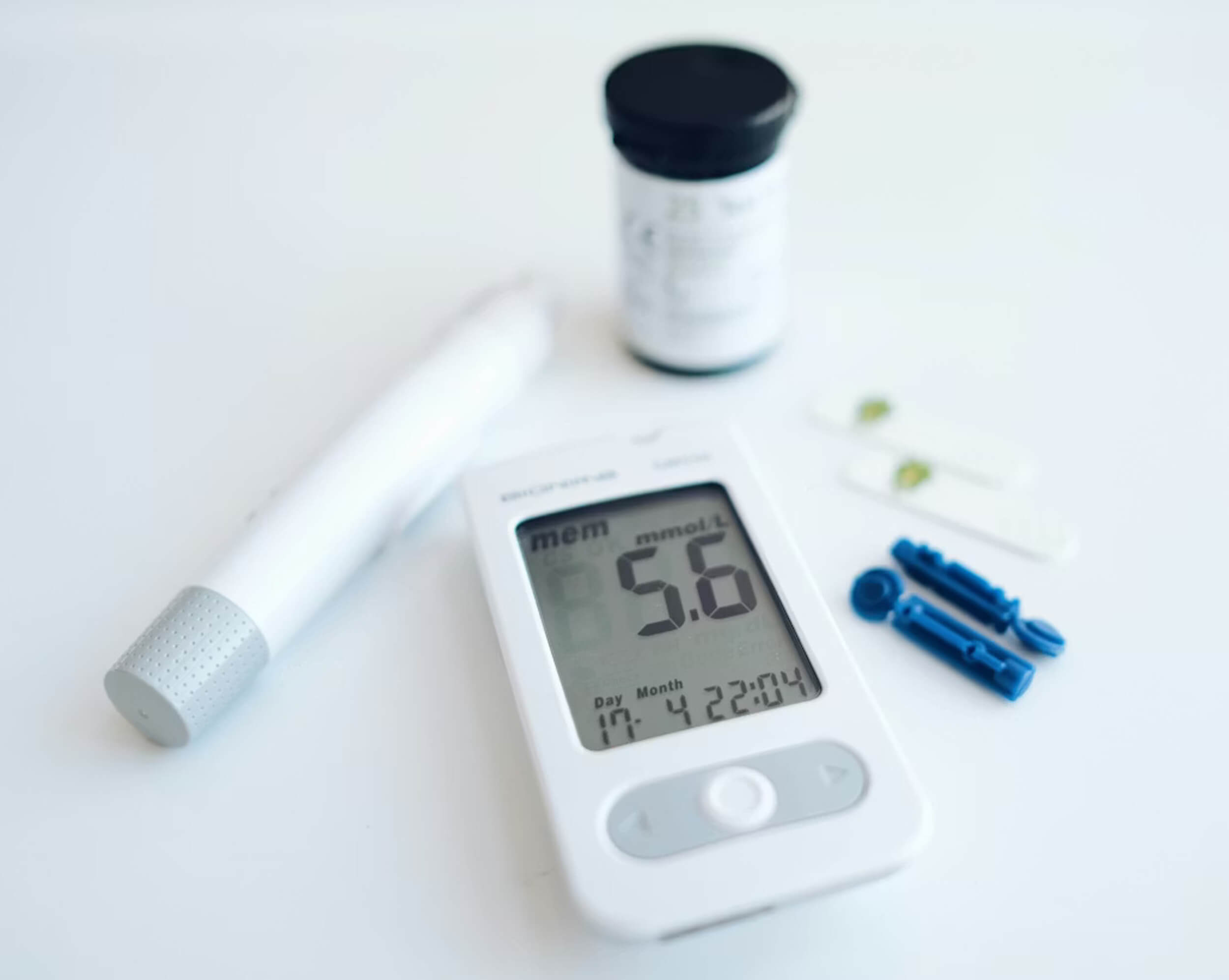Feeling low, anxious, or mentally drained isn’t rare anymore—it’s become part of what many deal with quietly every day. At the same time, phones, apps, and smart devices aren’t just for texting or scrolling anymore—they’re starting to help with things that really matter, like mental health.
Support doesn’t always have to come from a clinic or a scheduled visit. These days, digital tools to support mental health are giving people a way to check in with themselves, get help faster, and manage stress in real time. Whether it’s an app that tracks moods or a virtual space to talk things out, technology is offering new ways to feel heard and supported.
This shift isn’t replacing therapy—it’s adding options. And when life feels overwhelming, having even one extra tool in your corner can make all the difference.
The Role of Digital Tools in Mental Health Support
Tech isn’t just helping us get things done—it’s now helping people feel better mentally too. When we say “smart tech,” we’re talking about things like mental health apps, wearable trackers, AI chatbots, and online therapy platforms.
These tools matter because they remove the usual roadblocks. Not everyone can drive to therapy, afford it, or feel comfortable talking face-to-face. That’s where digital tools to support mental health step in—making it easier to get help quickly, quietly, and in ways that fit into everyday life.
Mood Tracking Apps That Know You Better Over Time
Knowing how you’re feeling from day to day sounds simple, but tracking it over time can give real insight. Mood-tracking apps make this easy. You just log how you feel daily, and over time, the app starts to pick up patterns you may not notice yourself.
Here’s how these apps help:
- They spot patterns. Feel worse on certain days? After certain activities? The app will show that.
- They offer suggestions. Based on your logs, it might guide you to calming exercises, breathing tools, or reminders to slow down.
- They don’t judge. You can be honest without worrying what anyone thinks.
These apps aren’t just for bad days—they help with daily check-ins. And since digital tools to support mental health are always available, this becomes a regular habit that builds self-awareness over time.
AI Therapy Assistants for Support Between Sessions
Not everyone wants to talk to a person right away, and that’s okay. AI therapy assistants, like Woebot or Wysa, give people a space to open up at their own pace.
Here’s what makes them helpful:
- They’re always on. Middle of the night or during a lunch break—they’re there.
- They use real techniques. These chatbots are based on therapy tools like CBT, offering practical ways to manage stress, worry, or sad thoughts.
- They’re low-pressure. You can type out your thoughts without feeling watched or judged.
These tools don’t replace a real therapist—but they help fill the gaps between sessions, or offer something when therapy isn’t possible yet. This kind of option makes digital tools to support mental health feel more like a lifeline than a backup plan.
Wearable Tech That Tracks Stress Signals in Real Time
Smartwatches and fitness bands aren’t just for steps anymore—they’re now helping people understand how their body reacts to stress. That’s a big win for mental health.
Here’s what wearables can do:
- Track your heart rate. A sudden spike can be a sign of stress or panic.
- Monitor sleep. Poor sleep is often linked to mood issues, and these devices notice the changes.
- Send reminders. Apps like Fitbit or Apple Watch have breathing and mindfulness tools built in.
When your body shows signs of stress, these tools give you a chance to respond before things get worse. They’re quiet, private, and always there. That’s the kind of help many people didn’t know they needed.
Teletherapy That Meets You Wherever You Are
Getting to therapy isn’t always simple. Long work hours, no nearby clinics, or just not wanting to be seen walking into a mental health office—these things can stop people from getting help. Teletherapy changes that.
Why it works:
- You stay at home. Talk to a licensed therapist through video, phone, or even text.
- You save time. No travel, no waiting rooms—just book and show up.
- You choose what’s comfortable. Some people like video. Others prefer text. These platforms offer both.
Apps like Talkspace or BetterHelp have opened doors for people who might have otherwise waited too long. For anyone who needs support without the stress of going somewhere, this is a simple and effective option.
Predictive Analytics That Flag Mental Health Risks Early
Sometimes your phone knows you’re off before you do. That’s because patterns in how you use your phone—like texting less or sleeping more—can point to early signs of depression or anxiety.
Here’s how predictive tools help:
- They watch for shifts. Less activity, fewer calls, or certain phrases in texts can trigger alerts.
- They don’t wait. These tools can notify users, caregivers, or even mental health professionals if something seems urgent.
- They give a chance to act early. That can mean avoiding a full-blown crisis.
These AI-driven systems are like quiet background helpers. They don’t interrupt your life, but they’re there in case things start slipping. It’s just one more way smart tech is making mental health care proactive instead of reactive.
VR Therapy That Helps You Face Your Fears Safely
Facing a fear head-on isn’t easy—but with virtual reality (VR), it can be done in a safer way. VR therapy is now being used to help people deal with tough things like PTSD, anxiety, or phobias.
Here’s why it works:
- You stay in control. The environment is digital, so you can pause or stop anytime.
- You go at your pace. Therapists can adjust the session depending on how ready you feel.
- You practice again and again. Repeating the experience helps you build confidence over time.
For someone scared of flying, public speaking, or even crowded places, VR offers a way to face those fears without leaving the room. It removes the “what if” feeling that usually holds people back. This is another way digital tools to support mental health are changing how therapy can look—and feel.
Online Communities That Remove Shame from the Conversation
Talking about mental health can feel hard, especially when people worry about being judged. Online communities make it easier to speak up without showing your face or sharing your name.
These spaces matter because:
- You’re not alone. Whether it’s Reddit, Discord, or apps like 7 Cups, there’s always someone out there who understands.
- You get support any time. No waiting room or appointment needed.
- You feel safe. Anonymity helps people open up when they might stay quiet elsewhere.
What makes these groups powerful is the real connection between people. Sharing stories, giving advice, or even just reading comments from others helps break the silence around mental health. This is where digital tools to support mental health go beyond apps—they build real community support.
Suicide Prevention Tech That Listens Before It’s Too Late
Social media isn’t just for sharing photos—it’s also helping spot danger before it’s too late. Some platforms now use AI to pick up on words or phrases that may signal someone is in crisis.
This kind of tech works like this:
- It scans for warning signs. Tools on Facebook or Instagram can spot posts that show distress.
- It acts fast. The system can alert a crisis team or offer help directly to the person.
- It saves time. When every second counts, this speed can make a big difference.
Many apps also allow friends or family to flag posts they’re worried about. These steps can lead to emergency support being sent out, sometimes saving lives. While it’s a serious topic, it’s good to know digital tools to support mental health can play a life-saving role too—quietly working in the background when help is needed most.
The Limitations of Tech: What It Can’t Do (Yet)
While smart tools are helpful, they aren’t perfect. Tech can’t fully replace one-on-one care, especially for people with serious mental health conditions.
Here’s what to keep in mind:
- Privacy matters. Not everyone is comfortable sharing sensitive data with an app.
- Too much screen time? Some tools can help—but also add to screen fatigue.
- It’s only part of the plan. Tech works best when combined with real-life support from professionals or trusted people.
Digital tools to support mental health are making things better—but they’re not meant to do it all on their own.
Final Thoughts on Embracing Digital Support for Mental Wellness
Tech isn’t the answer to every mental health problem—but it’s giving people more options than ever before. Whether it’s a simple mood tracker, a chat with a virtual assistant, or a community that helps you feel seen, these tools can be a big help in small ways.
Finding what works for you takes time. Some tools fit into daily life with ease, while others may take a bit of trial and error. The good news? Most of these tools are easy to access, easy to use, and made to meet people where they are.
Digital tools to support mental health won’t fix everything, but they’re opening more doors to care, comfort, and connection—and that’s a good place to start.















